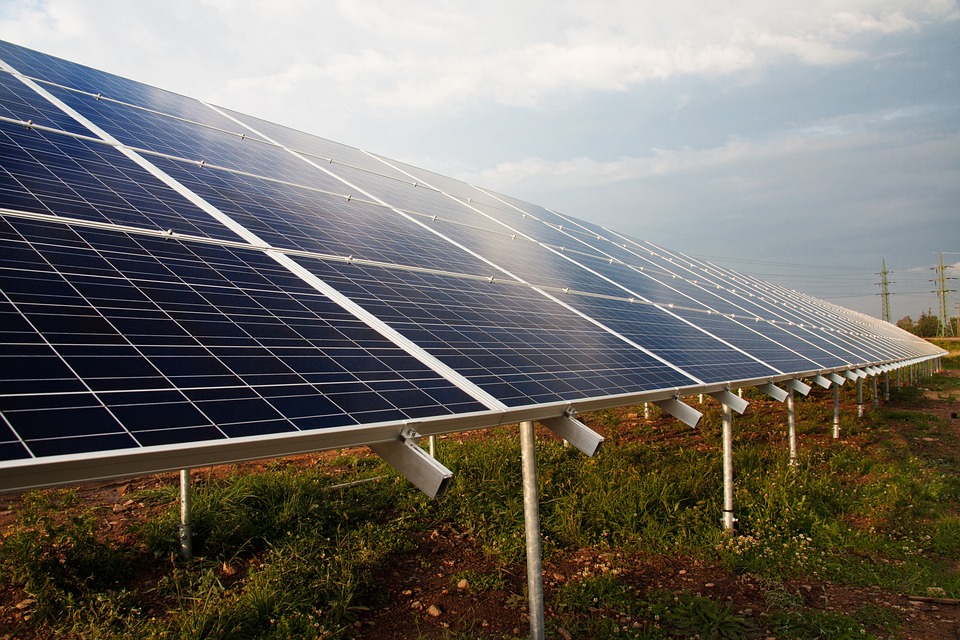The Future is Bright: How Solar Panels are Revolutionizing Renewable Energy
Renewable energy sources have gained immense popularity in recent years as the world seeks to reduce its reliance on fossil fuels and combat climate change. Among the various renewable energy options available, solar power has emerged as a frontrunner, thanks to its numerous benefits and potential to revolutionize the way we generate electricity. In this article, we will explore how solar panels are transforming the renewable energy landscape and why the future looks bright for this sustainable energy source.
The Rise of Solar Power
Solar power, also known as photovoltaic (PV) energy, is harnessed by capturing the sun’s energy using solar panels, which are comprised of photovoltaic cells. These cells convert sunlight into electricity, which can be used to power homes, businesses, and even entire communities. The appeal of solar power lies in its abundance—sunlight is a free and renewable resource that is available in almost every corner of the globe. As a result, the adoption of solar power has been on the rise, with both residential and commercial users turning to solar panels to meet their energy needs.
Environmental Benefits
One of the key reasons behind the growing popularity of solar panels is their environmental benefits. Unlike traditional energy sources such as coal or natural gas, solar power is a clean and sustainable alternative that produces no harmful emissions or pollutants. By reducing our reliance on fossil fuels, solar panels can help mitigate air and water pollution, as well as reduce greenhouse gas emissions, which are major contributors to climate change. The installation of solar panels can also help conserve natural resources and protect ecosystems, making it a win-win for the environment.
- Solar power produces no harmful emissions or pollutants, unlike traditional energy sources.
- Reducing reliance on fossil fuels helps mitigate air and water pollution, as well as reduce greenhouse gas emissions.
- The installation of solar panels can help conserve natural resources and protect ecosystems.
Economic Advantages
Aside from its environmental benefits, solar power also offers numerous economic advantages. As technology has advanced, the cost of solar panel installation has decreased significantly, making it a more affordable option for many consumers. In addition, solar panels can help households and businesses lower their electricity bills by generating clean, renewable energy on-site. Some governments also offer financial incentives, such as tax credits and rebates, to encourage the adoption of solar power, further enhancing its cost-effectiveness.
Furthermore, the solar industry has become a major source of job creation, providing employment opportunities in manufacturing, installation, and maintenance of solar panels. This not only stimulates economic growth but also contributes to the development of a skilled workforce in the renewable energy sector.
Technological Advances
Advancements in solar panel technology have played a significant role in driving the adoption of solar power. Researchers and engineers have been working to improve the efficiency and durability of solar panels, making them more viable and attractive for consumers. Innovations such as thin-film solar cells, bifacial solar panels, and solar shingles have expanded the range of applications for solar power and opened up new possibilities for integrating solar panels into buildings and infrastructure.
Energy Storage Solutions
One of the challenges of solar power has been its intermittent nature—solar panels can only produce electricity when the sun is shining, which may not always align with the times of highest energy demand. However, advancements in energy storage solutions, such as batteries and grid-scale storage systems, have addressed this issue by allowing excess solar energy to be stored and used when needed. Energy storage technologies have made solar power more reliable and have the potential to transform the way we consume and manage electricity.
Case Studies and Statistics
Several case studies and statistics highlight the impact of solar panels on the renewable energy landscape. For example, according to the International Energy Agency (IEA), solar power capacity is set to grow by over 600 gigawatts (GW) by 2024, surpassing all other renewable energy sources. In addition, countries such as Germany and Australia have made significant investments in solar power, leading to a substantial increase in solar energy generation and usage. These examples demonstrate the growing momentum behind solar power and its potential to reshape the global energy mix.
Conclusion
The future of solar power is undeniably bright, with its environmental, economic, and technological advancements making it a promising contender in the renewable energy sector. As the world continues to prioritize sustainability and seek alternative energy sources, solar panels are poised to play a pivotal role in shaping the energy landscape for years to come. With ongoing research and development, supportive policies, and increasing consumer demand, solar power is well on its way to driving a clean and sustainable energy transformation.
The shift towards solar power signifies a positive step towards a more sustainable and environmentally friendly future. As we harness the power of the sun, we are not only reducing our carbon footprint but also paving the way for a brighter tomorrow—one where renewable energy sources take center stage in powering the world.


Pingback: The Future is Bright: How Solar Panels are Revolutionizing Renewable Energy – Home Solar Sessions
Thanks for sharing. I read many of your blog posts, cool, your blog is very good.